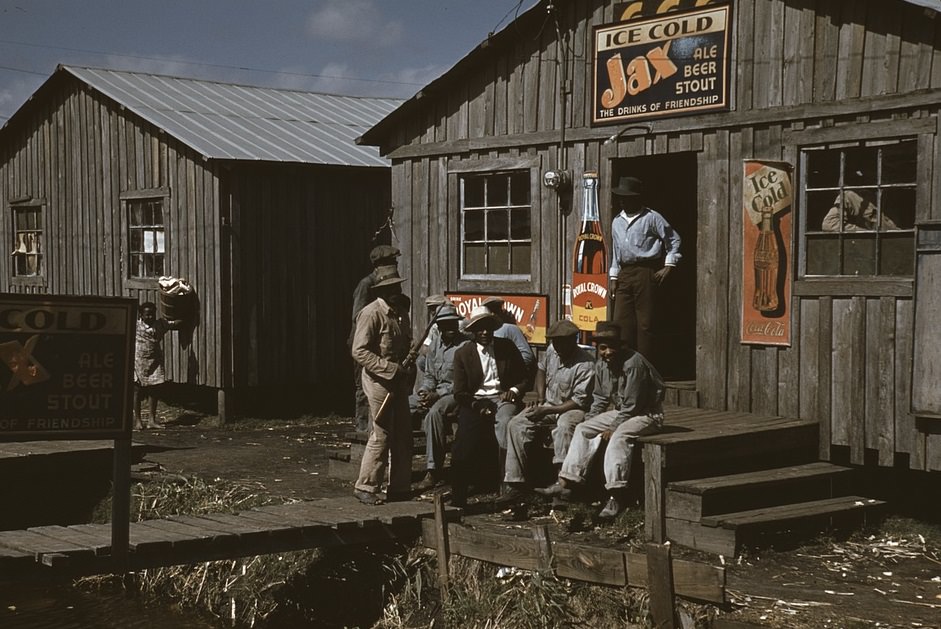Marion Post Wolcott was a talented photographer, she worked for the Farm Security Administration during the Great Depression and documented the poverty and deprivation in the most rural area of the United States. She confronted the reality of the Depression and the brutality of grinding poverty during her job as a school teacher. Wolcott was inspired by Trude Fleischmann’s work, he was a Viennese photographer. Wolcott showed Fleischmann some of her photographs and was told to Fleischmann and he was very inspired and suggested to pursue photography.
During the Great Depression Wolcott worked for Farm Security Administration and she visited many rural areas of the country to document the lives of people. In October 1939, Wolcott found herself on the Mississippi Delta, where she met with the people living and working on the cotton plantations. It was one of the racially segregated states in the United States. The bottomlands of the Mississippi Delta were still 90% undeveloped after the Civil War. Thousands of migrants, both black and white, entered the area for a chance at land ownership. They sold timber while clearing land to raise money for purchases.
During the reconstruction period, many freedmen became the owners of farms. After white Democrats regained control of the state legislature in the late 19th century, in 1890 they passed a disfranchising constitution, resulting in the exclusion of African Americans from political life until the 1960s. Most lost their lands due to disenfranchisement, segregation, financial crises, and an extended decline in cotton prices. By 1920 most were landless sharecroppers and tenant farmers. In the 1940s, some blacks acquired land under low-interest loans in the New Deal.



































What an exciting and frightening look into the recent past.
Look how tall cotton used to be